Date: 23 October 2008
"104" alt="" hspace="2" width="450" vspace="2" border="1" src="/UserFiles/Logo_Trosifol(1).jpg" />
Having founded its Asia Pacific headquarters in Singapore, the Japanese specialty chemicals group gave notice of its intention to invest a multi-million sum in the expansion of existing and construction of new plants for the production of polyvinyl alcohol (PVA) and polyvinyl butyral (PVB) in Singapore. PVA is the basic material for the production of PVB, the resin from which TROSIFOL PVB film is manufactured. Industrial PVB resins are also used in printer's inks, coatings and in the ceramics industry. On completion of the investment project, Kuraray’s new global capacity will come to over 250,000 metric tons of PVA and over 50,000 tons of PVB resin and the equivalent quantity of PVB film per year.
The new production plants for TROSIFOL PVB films are being built in the immediate proximity of raw material production in Singapore. The choice depends on the usual local factors such as infrastructure, production costs, market size and logistics costs as well as on the decisions of companies in the photovoltaic sector on where to locate their new production sites in Asia. TROSIFOL therefore aims to be close to the photovoltaic industry in Asia.
In Europe, Kuraray will be continuing its PVB business with the TROSIFOL brand, the market leader for PVB films for architectural glazing. After successful investment in the fourth “jumbo” PVB plant at the Troisdorf location and the further expansion of production capacity for raw materials in 2009, the company’s short-term investments will focus mainly on R&D and Technical Service so as to give a sustained boost to its market position.
Run on renewables
High energy costs are forcing a growing throng of companies to resort to renewable energy sources, such as solar power. Interest in photovoltaic systems for buildings has been growing rapidly in the leading industrialized nations for several years now. The continuing rise in the cost of fossil fuels is accelerating the search for alternatives and the intensified further development of renewable energy sources. Solar power plants are constantly surpassing each other in setting new performance records.
Against this backdrop, building-integrated photovoltaic systems (BIPV systems) for façades and glass roofs are being developed that meet the needs of “space efficiency” and are attractive to look at. The main obstacles to the use of solar power from buildings and façades are still of a technical nature. These can be shade, the pitch or orientation of the building, or the lack of standards relating to building connections. Even today, for safety reasons, overhead glazing, such as façade glazing, glass roofs, glass staircases or glass balustrades, in many countries may only be made of laminated safety glass. A further argument in favour of laminated safety glass is that many PV modules are in themselves laminated glass systems (solar cells encapsulated in glass). An ideal complement is the resin polyvinyl butyral (PVB), which for decades now has been the preferred interlayer between the glass plies of laminated safety glass. Applications of laminated safety glass with PVB stretch back to the Thirties.
TROSIFOL is particularly successful in this field. Decades of experience from the glass industry and an impressive market record, especially over the last 15 years, have firmly established the brand.
In as early as 2006, the company became the first worldwide to launch a special product line – TROSIFOL SOLAR – for the solar module sector. The first PV modules with TROSIFOL PVB film were produced over 20 years ago and are still in perfect working order even today.
We look forward to seeing at “glasstec 2008” Düsseldorf: hall 10, stand D40
Please also visit the “glass technology live” exhibition: hall 11, standB26
This text comprises 3,847 characters in 68 lines. You will find the text on the CD enclosed and you can also download it from the Internet at: http://www.trosifol.com
Press contact: Jörg Theesfeld, Head of Business Development & Marketing
Kuraray Europe GmbH, Division TROSIFOL,
Mülheimer Strasse 26, 53840 Troisdorf, Germany
Phone +49 (0) 22 41 / 2555 202
Fax +49 (0) 22 41 / 2555 299
E-Mail: trosifol@kuraray.eu


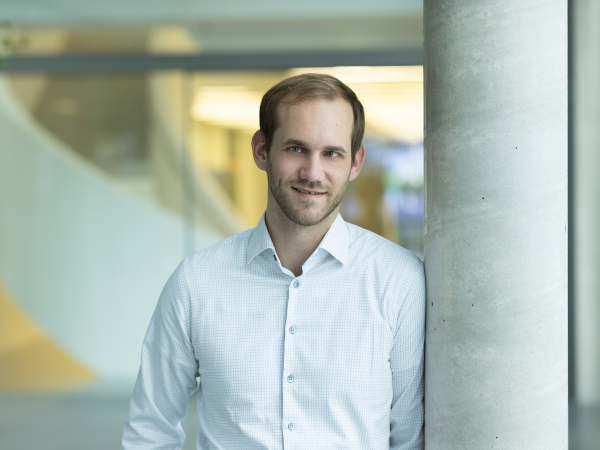
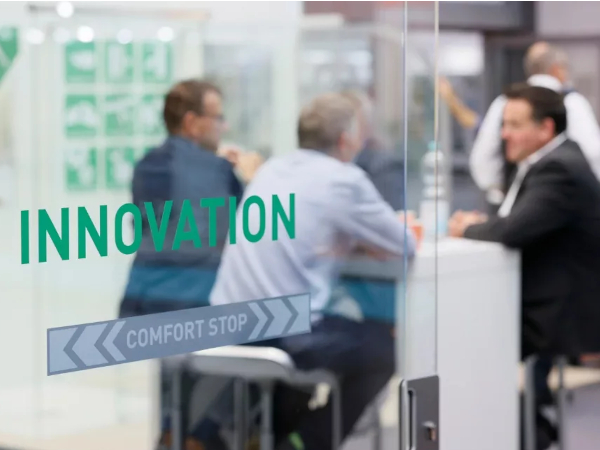
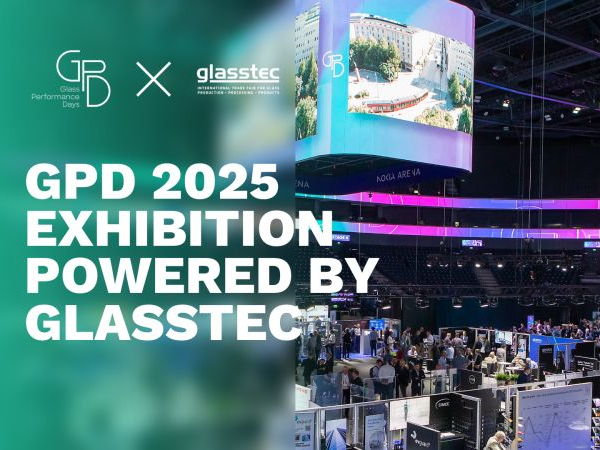
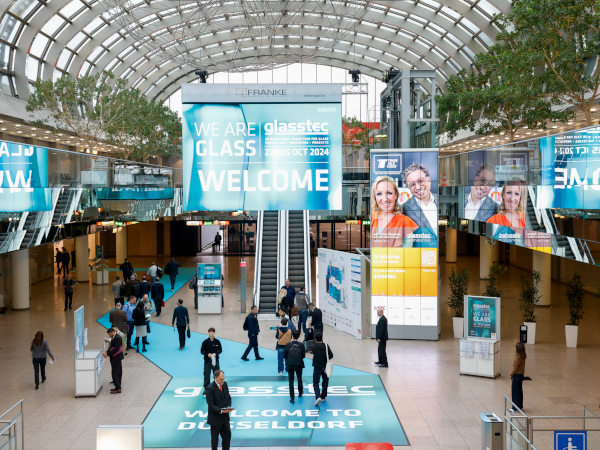
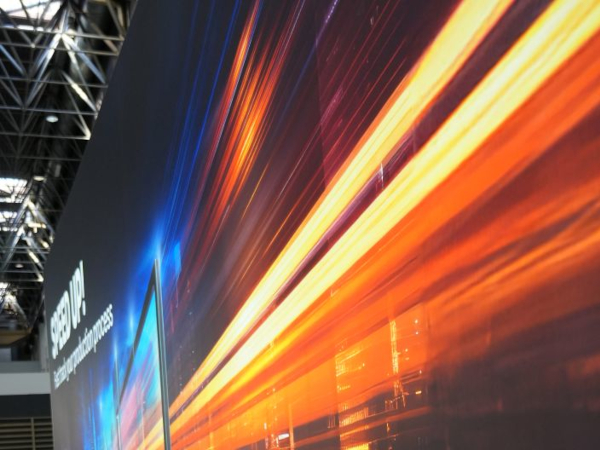
Add new comment